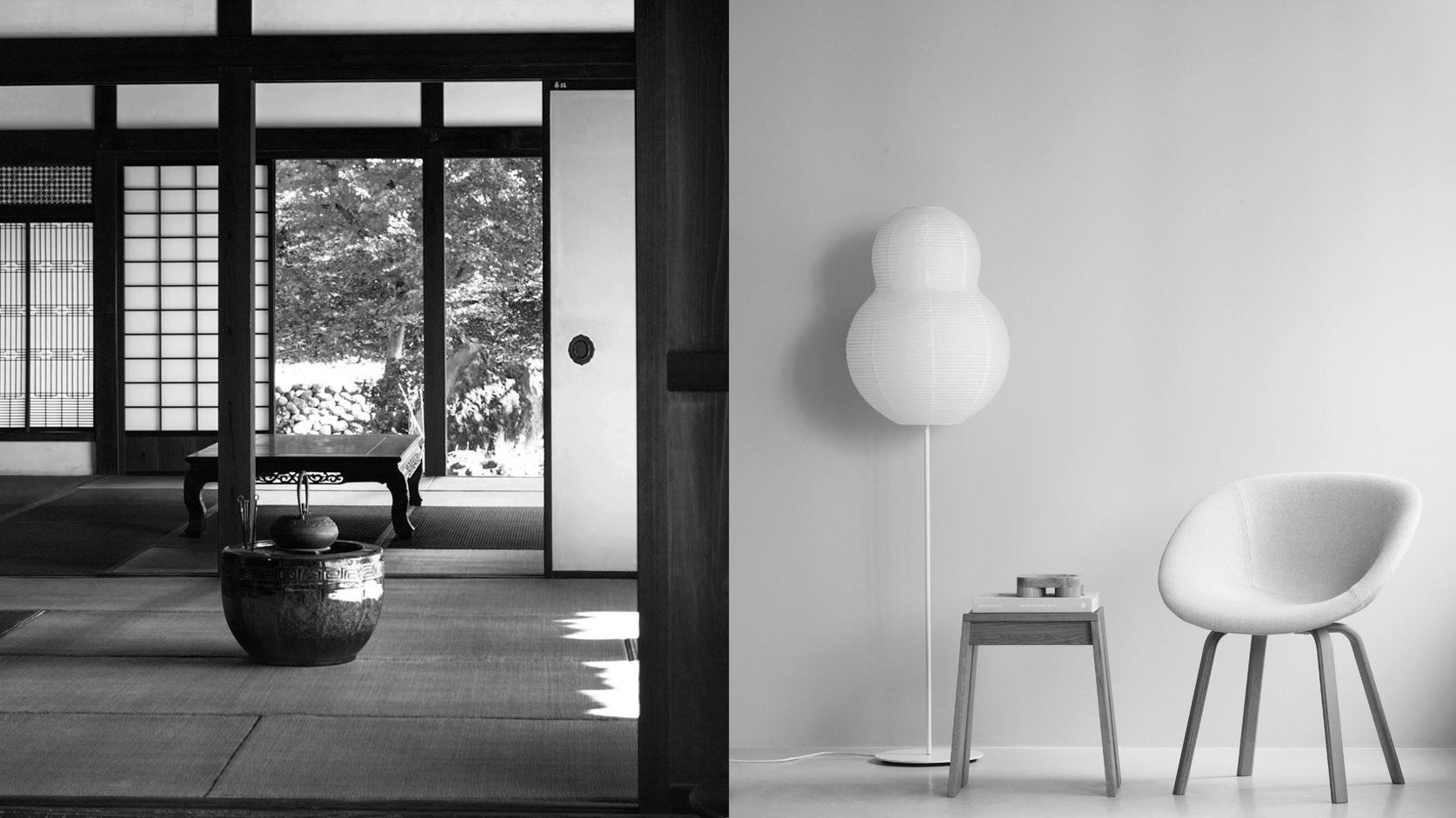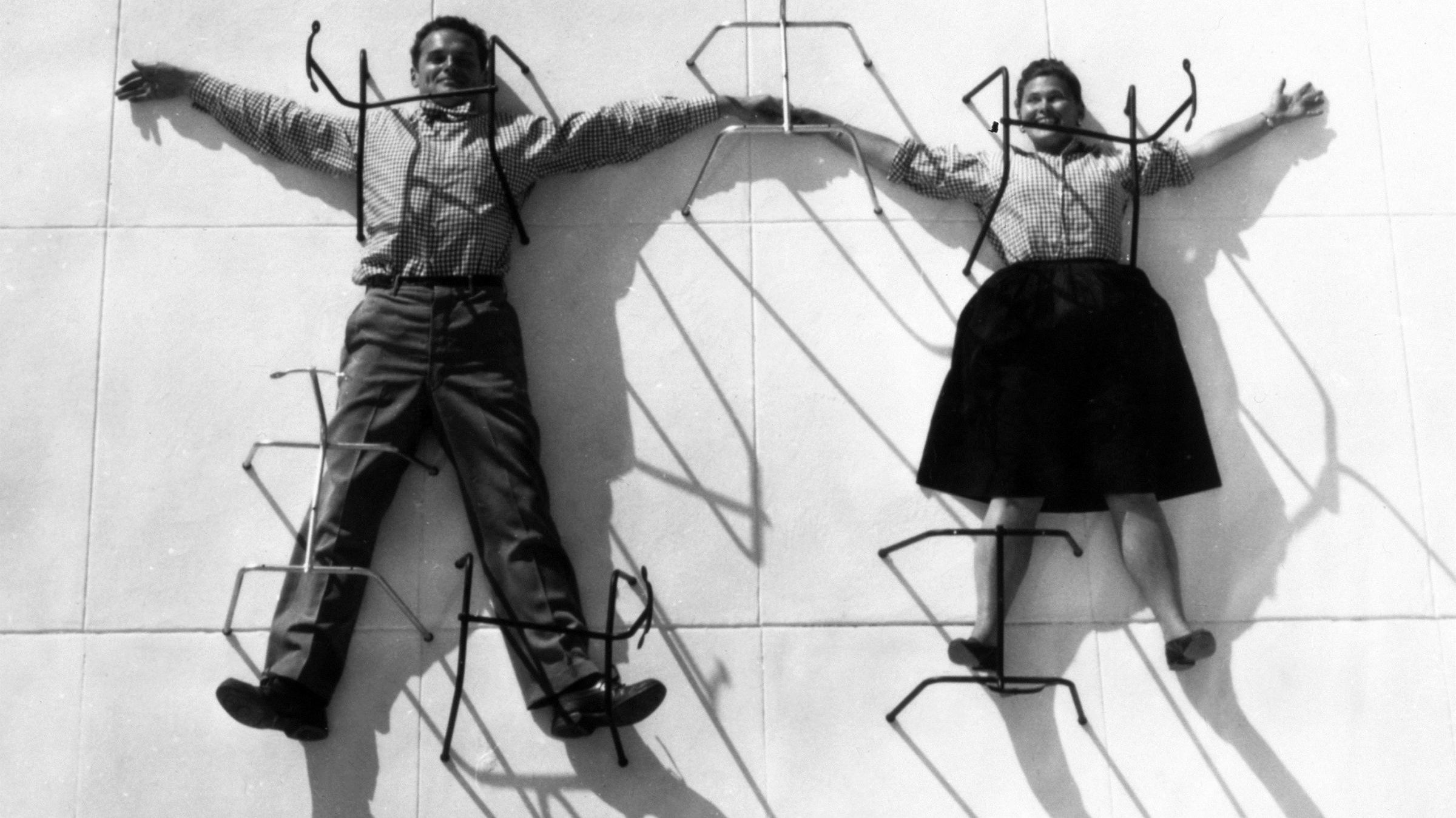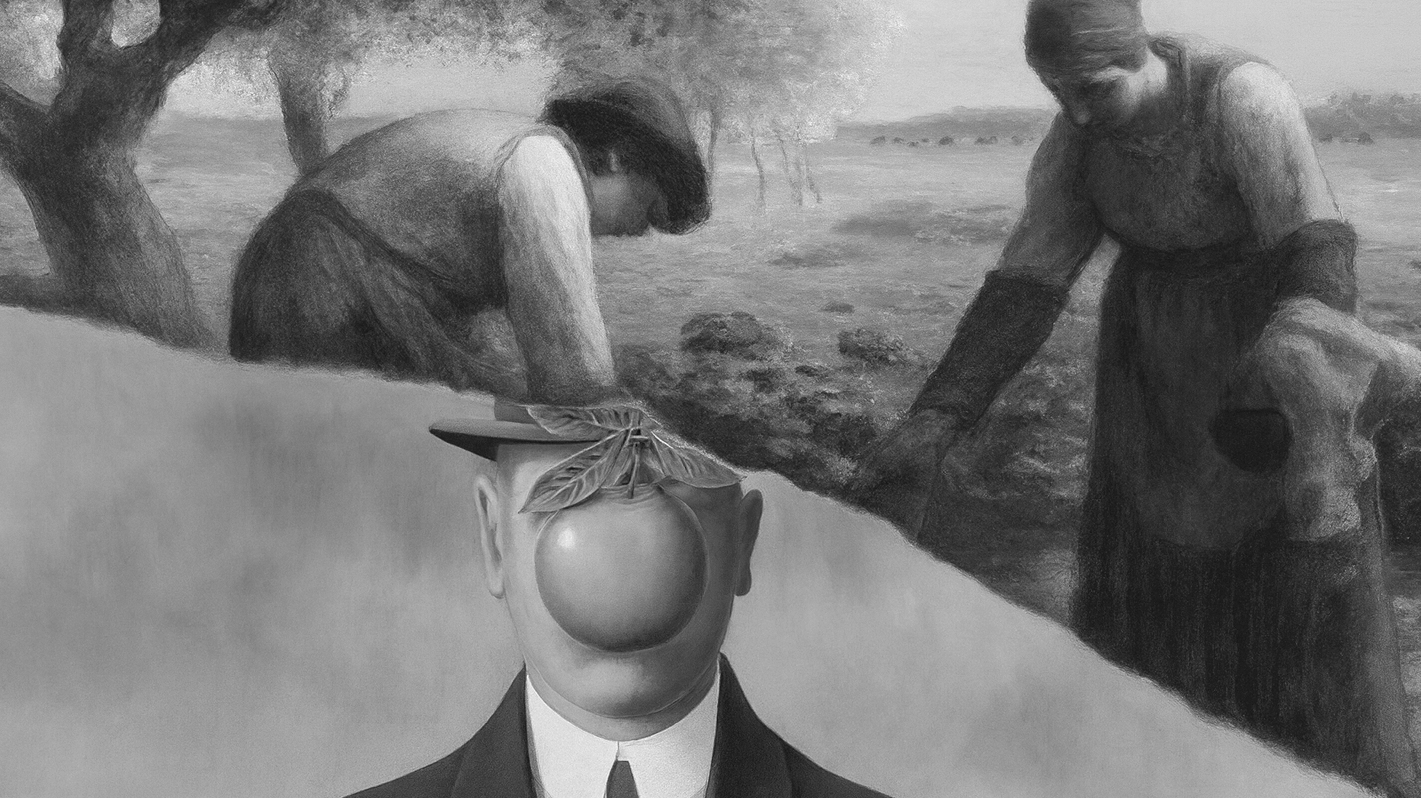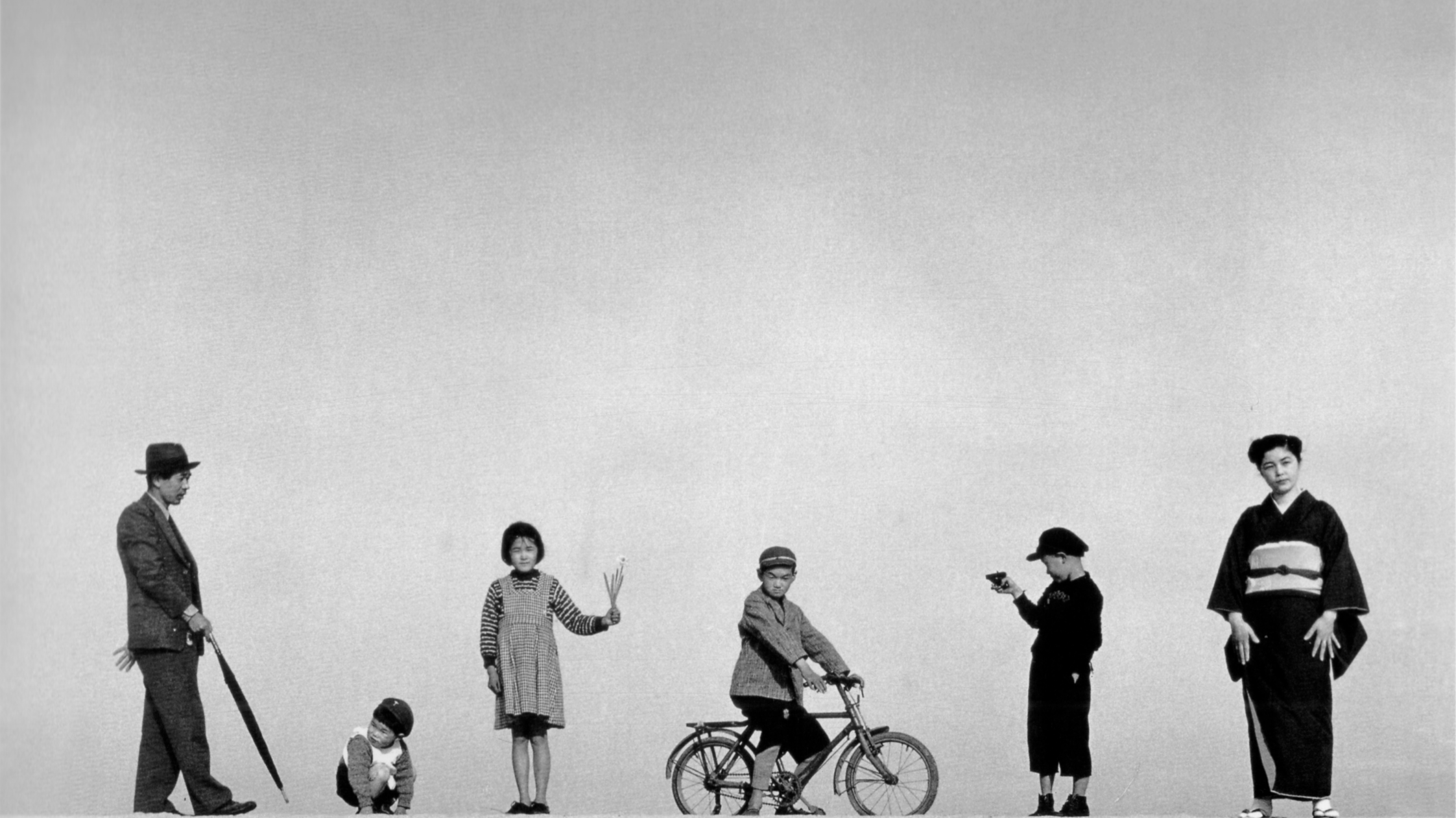What would you do if a treasured bowl or cup suddenly broke? Most people might throw it away, feeling only loss and regret. In Japan, however, a centuries-old tradition offers a different response, one that transforms brokenness into beauty. This is Kintsugi (金継ぎ), the Japanese art of repairing broken pottery with lacquer mixed with gold.
Far from hiding cracks, Kintsugi highlights them and turns fractures into luminous veins that tell the story of the object’s history. Rooted in Japan’s aesthetic values and philosophies such as Wabi Sabi (the beauty of imperfection), Kintsugi is more than a craft. It is a way of seeing the world. Today, it has captured imaginations across the globe, not only as a traditional art form but also as a powerful metaphor for resilience, healing, and finding beauty in imperfection.
What is Kintsugi?
Kintsugi (金継ぎ), also known as Kintsukuroi (金繕い), is the traditional Japanese art of repairing broken pottery with lacquer mixed with precious metals such as gold, silver, or platinum. The word Kintsugi literally means “golden joinery,” and the method is closely related to the decorative technique of Maki-e (蒔絵), where lacquer is sprinkled with metallic powder.
Rather than hiding cracks or trying to make an object look new, Kintsugi emphasizes the fractures by filling them with luminous seams. The result is not just a restored object but a unique work of art that celebrates the piece’s history. This philosophy reflects the Japanese aesthetic of Wabi Sabi, which finds beauty in imperfection, impermanence, and the passage of time.
The practical process involves using lacquer derived from the sap of the lacquer tree, a natural adhesive that hardens into an exceptionally strong bond. Once dried, the lacquer is safe and durable, making it ideal for repairing ceramics and lacquerware. Over centuries, Kintsugi has become more than a craft—it has grown into a cultural philosophy that views scars as part of an object’s story, transforming damage into a source of beauty and strength.
History of Kintsugi
The practice of repairing broken pottery with lacquer can be traced back as far as the Jomon period in Japan. It was during the Muromachi period (14th to 16th centuries), a time that saw the flourishing of lacquer techniques such as maki-e and the rise of the tea ceremony, that Kintsugi began to be valued not only as a practical repair method but also as an art form that embraced imperfection.
• Further Reading: Japanese Tea Ceremony & the Meaning of Ichigo Ichie (One Encounter, One Chance)
The exact origins of Kintsugi remain uncertain, but most scholars agree that the tradition became widespread in the late 16th to early 17th centuries. Louise Cort, curator of ceramics at the Smithsonian’s Freer Gallery of Art and Arthur M. Sackler Gallery, suggests that the practice was closely tied to the growing appreciation for tea bowls, which held a central place in Japanese tea culture.
One of the most famous origin stories involves the 15th-century shogun Ashikaga Yoshimasa, who owned a prized Chinese celadon bowl. When it broke, Yoshimasa sent it back to China for repair. The vessel was returned mended with metal staples, a common Chinese technique at the time. Displeased with the result, Japanese craftsmen are believed to have developed a more aesthetically sensitive approach, eventually giving rise to Kintsugi, where cracks were accentuated with gold rather than concealed.

Shogun Ashikaga Yoshimasa, who is often associated with the origins of Kintsugi in the late 15th century. Image via Wikipedia.
By the 16th century, this new method of restoration had become highly sought after among collectors. In fact, some enthusiasts were rumored to have deliberately broken valuable ceramics so they could be repaired with golden seams. Although historically practiced only in Japan, Kintsugi was also applied to imported ceramics from China and Korea.
Today, Kintsugi has gained international recognition, both as a traditional craft and as a philosophy. Modern practitioners include professional restorers as well as hobbyists, and workshops now allow people to experience the process firsthand, whether to preserve beloved dishes or to appreciate Kintsugi as a living art form that continues to evolve.
The Philosophy Behind Kintsugi
"The struggles will become your story, And that's the beauty of Kintsugi. Your cracks can become the most beautiful part of you." — Candice Kumai
Kintsugi embodies the Japanese spirit of mottainai (勿体無い), which conveys a sense of regret over waste and the importance of cherishing what we have. It also reflects the aesthetic principle of Wabi Sabi, the appreciation of imperfection, impermanence, and the beauty found in natural flaws. Together, these ideas express a uniquely Japanese sensitivity to the passage of time and the value of imperfection.
At its core, Kintsugi is more than a repair technique—it is a philosophy. Rather than discarding a damaged object, the Japanese tradition sees cracks and seams as part of the object’s life journey. By highlighting these marks with gold or silver, Kintsugi transforms damage into a feature of beauty and strength.
This way of thinking aligns with the proverb “waste not, want not”, but it goes further. Kintsugi teaches that broken items are not merely useful again after repair; they may become even more valuable because of their flaws. In this sense, the art of golden repair is both a practical method and a profound metaphor for resilience, renewal, and the acceptance of change.
How to Do Kintsugi: A Beginner’s Step-by-Step Guide

The Process of Kintsugi. Image via iStock/BigCircle.
After learning about the philosophy and history of Kintsugi, you may be inspired to try it yourself. While authentic Kintsugi requires patience and care, it does not demand advanced artistic skills. Even beginners can attempt a simplified version of the technique to appreciate the process and philosophy behind this Japanese art of repair.
Before beginning, it is helpful to understand that traditional Kintsugi uses urushi lacquer as its base. Craftsmen mix different forms of lacquer with natural materials to create adhesives and fillers, such as mugi-urushi (wheat flour with raw lacquer), sabi-urushi (clay powder with lacquer), and kokuso (sawdust with lacquer). These mixtures form the foundation of the Kintsugi process.
A standard Kintsugi repair typically involves five main steps:
1. Bonding the Broken Pieces
First, clean and thoroughly dry the broken pottery pieces. Prepare an adhesive called mugi-urushi by mixing wheat flour and raw lacquer with water. Apply the mixture to the broken edges and carefully join the pieces together. Once aligned, set the piece aside to cure for about one week.
2. Sanding and Polishing
After the adhesive has hardened, remove any excess material with a knife or sandpaper. Smooth the surface to prepare it for the next stages of repair and decoration.
3. Filling in the Gaps
If small chips or missing areas remain, fill them with sabi-urushi (a mixture of lacquer and powdered burnt clay). Apply the mixture with a spatula, then let it dry for a day. Once hardened, polish the surface with waterproof sandpaper. Because urushi can shrink as it cures, this step may need to be repeated.
4. Applying Black Urushi Lacquer
Next, brush a thin coat of black urushi lacquer over the repaired seams and filled areas. Allow it to cure for a day, then polish lightly with sandpaper. This process is typically repeated three times to build up a smooth, durable surface.
5. Applying Gold Dust
The final stage is decoration. While the lacquer is still tacky, sprinkle gold powder over the repaired lines in a process known as kin-tsugi (“gold mending”). Alternatively, silver powder (gin-tsugi) may be used for a subtler effect. When gaps are too large, the yobitsugi (呼び継ぎ) technique can be employed, which involves filling missing sections with fragments from another vessel.
The golden seams created through this process transform the object into a new work of art. Far from concealing damage, Kintsugi celebrates it, highlighting the cracks as part of the object’s history and giving it a renewed beauty that is unique and irreplaceable.
Kintsugi in Contemporary Art and Design
From broken to beautiful, Kintsugi is a philosophy that embraces imperfections by accentuating cracks and seams rather than concealing them. The technique transforms flaws into features, turning loss and damage into something to be celebrated rather than hidden.
In recent years, this ancient Japanese practice has been reinterpreted by modern artists and designers. They draw on Kintsugi’s aesthetics and symbolism to explore themes of loss, repair, renewal, and transformation. By weaving the ideas of destruction and rebirth into their work, these creators highlight how repair itself can become a form of beauty and meaning.
Several contemporary artists and designers have incorporated Kintsugi-inspired methods and philosophies into their practice, including:
Xchange Apartments by TANK
Kintsugi is not limited to ceramics—it has also inspired contemporary architecture. One example is Xchange Apartments by the design studio TANK, located near Kyoto’s Kiyomizu-Temple.
The architects explained: "In construction, traditional plastered mortar cracks when it sets. These cracks are usually considered a flaw, and modern mortar is formulated to prevent them. We noticed, however, that this natural cracking resembles broken ceramics. By using traditional mortar, we allowed these cracks to form and then joined them with gold-colored epoxy resin, emulating the art of Kintsugi. What was once considered imperfect was transformed into something beautiful."
The result is a living space where cracks in the floor are highlighted with shimmering gold, giving the apartment an atmosphere of renewal. By reinterpreting Kintsugi on an architectural scale, the project transforms structural imperfections into an artistic statement, breathing new life into the space.

In TANK’s Xchange Apartment, golden resin fills floor cracks in a design inspired by Kintsugi.
Kengo Kuma Designs Showcase for The Dalmore Whisky
Renowned Japanese architect Kengo Kuma collaborated with the V&A Dundee museum and The Dalmore whisky distillery to create an exclusive sculptural case for one of the brand’s single malt whiskies. Discussing his inspiration, Kuma explained: “I decided early on in the collaboration to use the idea of Kintsugi. Kintsugi is an artisan method of reassembling the materials of a broken object, such as ceramics. It is a process that demonstrates sustainability, but also the act of making itself. Kintsugi enriches the object and gives it more value than before. This reflects the shared philosophies of architecture and whisky, and the union of ideas from Japan and Scotland.”
The result is a work that bridges cultures while celebrating the philosophy of repair. By drawing on Kintsugi, Kuma reimagines traditional Japanese aesthetics within a global context, linking craftsmanship, sustainability, and the art of whisky-making.

Kengo Kuma encases a Dalmore whisky bottle within a 48-piece sculptural case inspired by the Japanese art of Kintsugi.
Seletti's Kintsugi Collection
Seletti, the Italian design brand celebrated worldwide for its playful, unconventional, and sometimes provocative creations, has also drawn inspiration from Kintsugi. The collection features porcelain pieces accented with golden seams, turning cracks and irregularities into decorative elements. By embracing imperfections as part of the design, Seletti highlights the uniqueness of each handcrafted item while giving a contemporary twist to the traditional Japanese art of repair.

Seletti’s porcelain collection inspired by the Japanese art of Kintsugi.
Karen LaMonte's Kintsugi Kimono Sculpture
American contemporary artist Karen LaMonte is renowned for her large-scale sculptures of women’s clothing, often depicted as garments worn by invisible figures. After a kiln explosion damaged several of her ceramic works, LaMonte turned to the philosophy and technique of Kintsugi to repair them. By mending the fractures with gold, she transformed the damage into a defining feature, demonstrating how Kintsugi can elevate imperfections into a source of strength and beauty.

Kintsugi Kimono sculpture by American artist Karen LaMonte, using golden joinery to transform broken ceramics into art.
Lumio's Kintsugi-Inspired Speaker
At first glance, this piece appears to be Japanese pottery repaired with the Kintsugi technique. In reality, it is Teno, a multifunctional Bluetooth speaker and ambient light designed by Lumio. The sculptural device is crafted from cast resin and natural sand, giving it the appearance of a Kintsugi-inspired vessel that opens to reveal modern technology.
Created by Lumio founder Max Gunawan, Teno was designed to embody the philosophy of Kintsugi by transforming everyday electronics into objects of beauty and longevity. Rather than contributing to a culture of disposable gadgets, the speaker invites users to cherish it as both a functional tool and a symbolic object that evokes calm, reflection, and appreciation for imperfection.

Teno, a high-end audio speaker and lamp inspired by Kintsugi design.
In summary, Kintsugi is not just a technique for repairing pottery and lacquerware; it is also an art form that expresses the unique beauty of Japan. People around the world are increasingly drawn to Kintsugi because they can relate to the Japanese cultural value of cherishing objects. Kintsugi serves as a reminder not only to stay calm when a beloved piece of pottery breaks but also of the beauty that can arise from human vulnerability. We hope this article helps you understand the art of Kintsugi and inspires you with this beautiful ancient traditional technique.
The Relationship Between Kintsugi and Wabi Sabi
Wabi Sabi and Kintsugi are closely connected concepts in Japanese aesthetics. Wabi Sabi is a broad worldview that embraces imperfection, impermanence, and simplicity. It values asymmetry, roughness, and authenticity, qualities often found in traditional Japanese crafts, gardens, and architecture.
Kintsugi is a direct expression of Wabi Sabi in practice. When broken pottery is repaired with gold or silver lacquer, the cracks are not hidden but highlighted, becoming part of the object’s history and beauty. This approach reflects the Wabi Sabi ideal of flawed beauty, which finds elegance in what is incomplete and transitory.
Today, Kintsugi is appreciated not only as a traditional repair technique but also as a philosophy that resonates across cultures. Its principles remind us that objects, like people, carry stories in their scars. Rather than discarding what is damaged, Kintsugi encourages us to restore and transform, showing that beauty can emerge from imperfection and resilience.
Read More Art Articles:
• Ikebana: The Art of Japanese Flower Arrangements
• What is Wabi Sabi? Embracing the Beauty of Imperfection
• Japanese Zen Gardens: Finding Tranquility in Dry Landscapes
• 8 Japanese Aesthetics That Might Change How You See Beauty
↪ Follow us for more updates: YouTube | Instagram






